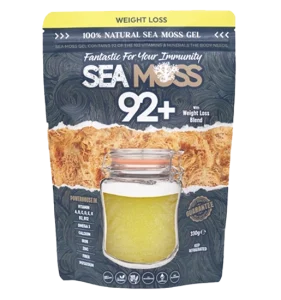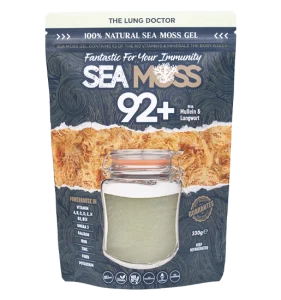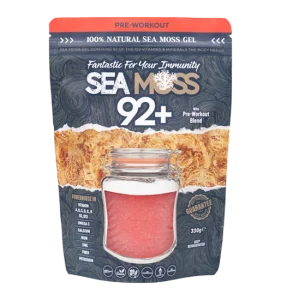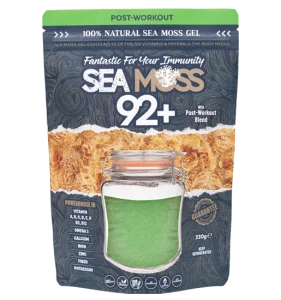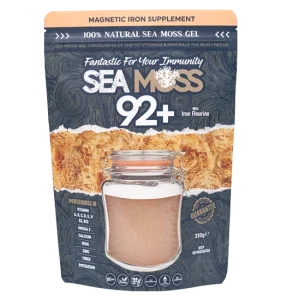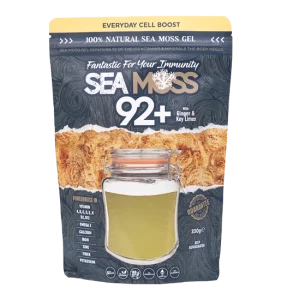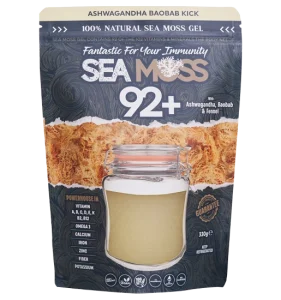
trees now planted
MINERALS THAT OUR BODY NEEDS
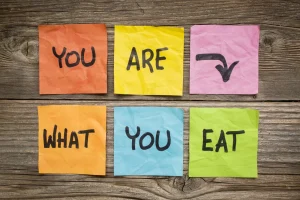 Imagine your body as a finely-tuned machine, running smoothly thanks to an intricate network of nutrients. At the heart of this system lie vitamins and minerals, the unsung heroes of our well-being. You see, our bodies are like bustling cities, with each nutrient playing a crucial role in maintaining order and vitality. Among these nutrients, vitamins and minerals stand out as the essential building blocks, fuelling everything from cell growth to energy production. But why do we need them, you ask? Well, it’s quite simple. Just as a car needs fuel to run, our bodies rely on vitamins and minerals to function optimally. They’re the foundation upon which our life is built, ensuring everything runs smoothly and efficiently.
Imagine your body as a finely-tuned machine, running smoothly thanks to an intricate network of nutrients. At the heart of this system lie vitamins and minerals, the unsung heroes of our well-being. You see, our bodies are like bustling cities, with each nutrient playing a crucial role in maintaining order and vitality. Among these nutrients, vitamins and minerals stand out as the essential building blocks, fuelling everything from cell growth to energy production. But why do we need them, you ask? Well, it’s quite simple. Just as a car needs fuel to run, our bodies rely on vitamins and minerals to function optimally. They’re the foundation upon which our life is built, ensuring everything runs smoothly and efficiently.
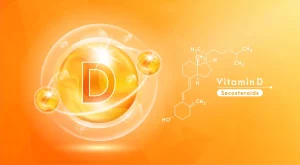
Think of vitamins as your body’s own superhero squad, each with its own special powers to keep you feeling fantastic. These tiny but mighty nutrients are like little helpers that assist in various tasks, from boosting your immune system to keeping your skin glowing. You’ve probably heard of vitamins like A, C, and D, right? Well, they’re just a few members of this elite team, working tirelessly behind the scenes to ensure your body functions at its best. Whether it’s helping your eyesight, strengthening your bones, or even lifting your mood, vitamins are the secret weapons that keep you feeling healthy and happy.
There are 13 essential vitamins; Vitamin A (Retinol), Vitamin C (Ascorbic Acid), Vitamin D (Calciferol), Vitamin E (Tocopherol), Vitamin K (Phylloquinone), and 8 vitamins in the B complex; Thiamine (B1), Riboflavin (B2), Niacin (B3), Pantothenic acid (B5), Pyridoxine (B6), Biotin (B7), Folate (B9), Cobalamin (B12).

While vitamins often hog the limelight, minerals are just as vital for our body’s harmony. These inorganic elements, sourced from the earth’s crust and dissolved in soil or water, enter our food chain through processes like plant absorption or animal consumption. Once inside, minerals play crucial roles, from fortifying our bones to regulating our heartbeat and enabling muscle contractions. Consider them as the task force behind the scenes, ensuring that all the important tasks in our bodies get done efficiently.
So how many minerals make up the body? 102 minerals. These are basically a diverse set of chemical elements crucial for life processes. While not all are necessary for human health, they’re vital for life at cellular levels. They’re split into two groups: essential, needed in larger amounts, and trace minerals, that are present in our body because we live in a natural environment. These elements can be found in all forms of life.

Think of these 102 minerals as the backbone of life itself, fuelling all those intricate biochemical processes that keep us ticking. Even though our bodies mainly focus on a select few for top-notch performance, having this wide range highlights just how intricate and adaptable our biological systems are.
The full list of 102 minerals are;
Actinium, Aluminum, Americium, Antimony, Argon, Arsenic, Astatine, Barium, Berkelium, Beryllium, Bismuth, Bohrium, Boron, Bromine, Cadmium, Caesium, Calcium, Californium, Carbon, Cerium, Chlorine, Chromium, Cobalt, Copper, Curium, Dubnium, Dysprosium, Einsteinium, Erbium, Europium, Fermium, Francium, Gadolinium, Gallium, Germanium, Gold, Hafnium, Hassium, Helium, Holmium, Hydrogen, Indium, Iodine, Iridium, Iron, Krypton, Lanthanum, Lead, Lithium, Lutetium, Manganese, Magnesium, Mercury, Molybdenum, Neodymium, Neon, Neptunium, Nickel, Niobium, Nitrogen, Osmium, Palladium, Phosphorus, Platinum, Plutonium, Polonium, Potassium, Praseodymium, Promethium, Protactinium, Radium, Radon, Rhenium, Rhodium, Rubidium, Ruthenium, Samarium, Scandium, Selenium, Silicon, Silver, Sodium, Strontium, Sulfur, Tantalum, Technetium, Tellurium, Terbium, Thallium, Thorium, Thulium, Tin, Titanium, Tungsten, Uranium, Vanadium, Xenon, Yetterbium, Yttrium, Zinc, Zirconium.
Now, when you come across a health product touting its mineral content, you’ll know exactly what that list entails. But why juggle numerous foods and supplements when there’s a single natural product packing 92+ minerals? This singular food, spanning human history, requires no lengthy ingredient list. The knowledge of sea moss has been passed through generations and now can be delivered straight to your doorstep. Welcome to the Vitamin and Mineral Company, where facts meet the finest products. Enjoy your sea moss!
Sea moss products
Our full range of sea moss gel


